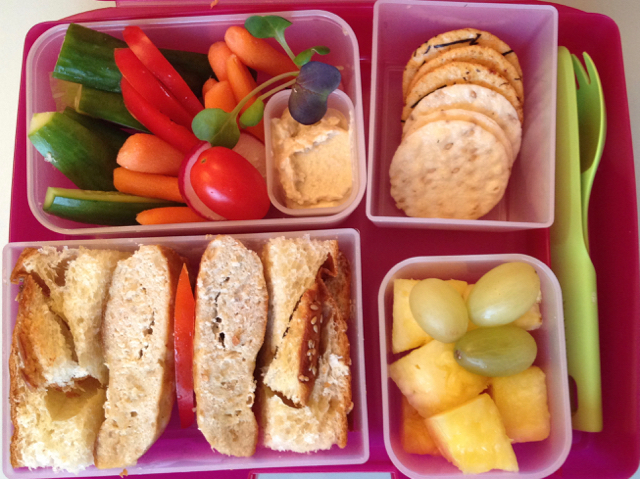Variations in Environment and Experiences. Why is it important? And how can it further support your child’s development?
Clearly this is a subject with far-reaching consequences. I want to give you a short introduction and a reminder of its importance.
The random movements made naturally by infants provide their nervous systems with the necessary information that helps them develop purposeful movements. When children are faced with special challenges, this natural process can be disrupted.
When you look at movement simply as a source of information, rather than something that should be taught or done correctly, it can shed a new light on how you can best support your child’s motor development.
You’ll realize it’s not so much about teaching your child the ‘correct’ way to move BUT rather to provide your child’s nervous system with information relating to the infinite number of movements possible.
As your child learns to move, changes in their environment will further support their problem-solving skills with the introduction of new challenges and situations for them to rise to.
It’s easy to understand how changing the larger, external environment of your child can add to their experiences. However, there is also an ‘immediate’ environment you’re providing your child with every time you hold them or support them through their daily activities. It’s this immediate environment that I want to elaborate on, as it can greatly benefit your child’s growth.
For example, if your child has challenges with maintaining balance in sitting, by supporting your child in a variety of sitting positions you are essentially providing your child with new information so that they can learn to support themselves.
It seems so simple that it’s hard to believe how effective a learning tool this can be. And this is the same process I use over and over to support my clients with their next stage of development, be it rolling, sitting or standing.
Your child with special challenges requires variation in their environment and experiences to take in new information that would otherwise be unavailable to them. We all need variety in our lives, it’s the ‘spice of life’ after all but remember, not too much cayenne!
PRACTICAL TOOLS FOR YOU TO EXPLORE WITH YOUR CHILD
Carrying
Your child in different positions, either facing to the front, side or rear, keep one or both legs bent. Switch between using your dominant arm and weaker arm, so that your child can also experience the differences in how they are being carried.
Rolling
Wrap your child in a long blanket length-wise being careful that you can always see their face. Very slowly roll your child from side to side. Watch your child’s response to make sure that they are enjoying this experience. Slow down or speed up depending on your child’s response. If your child can already roll, play a game with both of you rolling across the living room and see who gets there first! (Good exercise for the parent also.
Sitting
Support your child in sitting, having them lean onto your thighs with their legs crossed or to the side (as in side sit). Help your child bend one leg and feel their own weight on one foot. Experiment with as many variations you can think of.
Kneeling
Support your child to kneel while leaning over your legs. Encourage them to push themselves up with their arms or lift their buttocks up to move onto their knees.
Standing
When your child starts to stand by leaning against furniture, gently move their hips from side to side to amplify the feeling of standing on one leg. Use toys just slightly out of reach to motivate your child to shift their weight onto one leg and then the other.
Dancing
And singing while holding your child as you move through the day! Talk to your child while you’re cooking for example to encourage them to look in your direction. Engage your child throughout their day in any way you can. Let your imagination run.
Every Time
You provide your child with sensory stimulation, especially through movement and touch, you child is taking in new information. Their nervous systems can then put this information together in ways that make sense to them. AND your child’s discoveries will surprise you in the most magical ways!


Zoe, my daughter loves the variety of foods in her lunch box.
It’s such a feast for the eyes, palate and ultimately, her ‘consuming’ experience!
